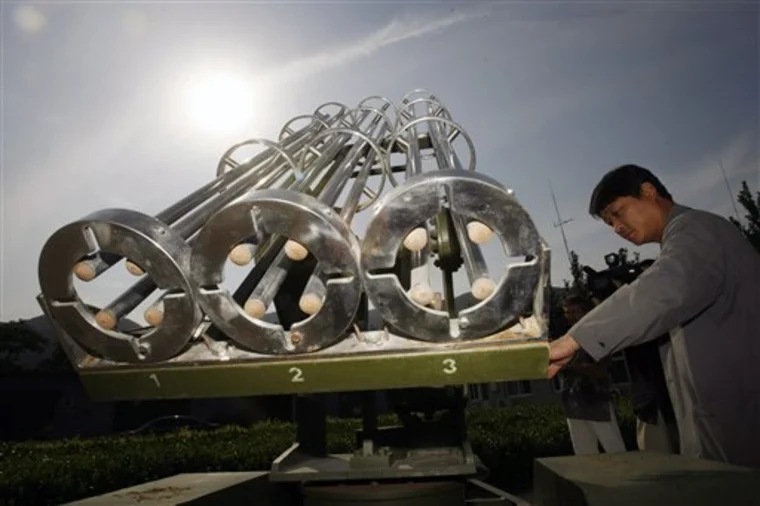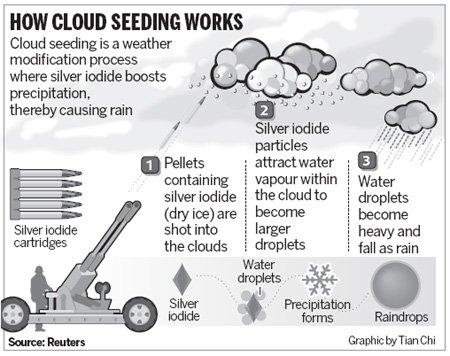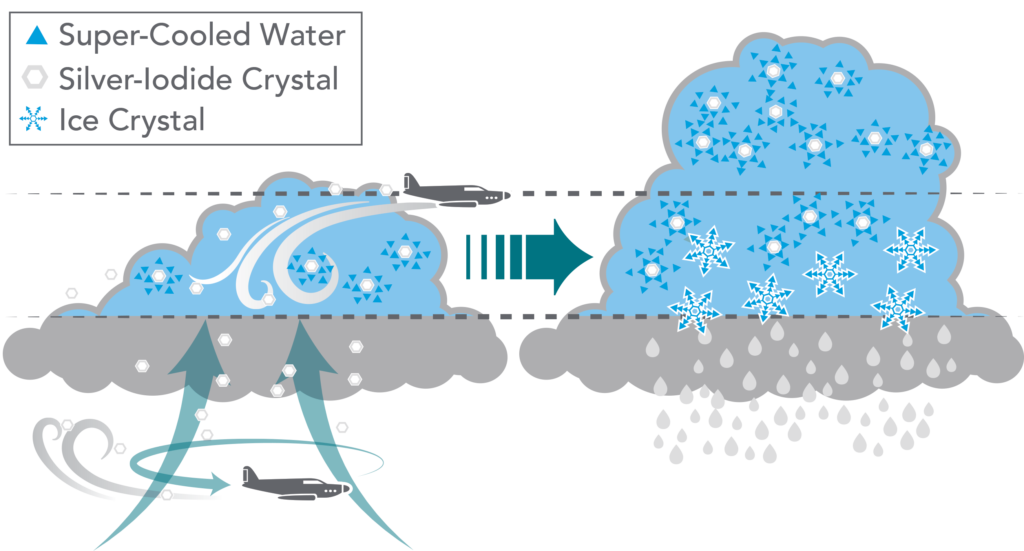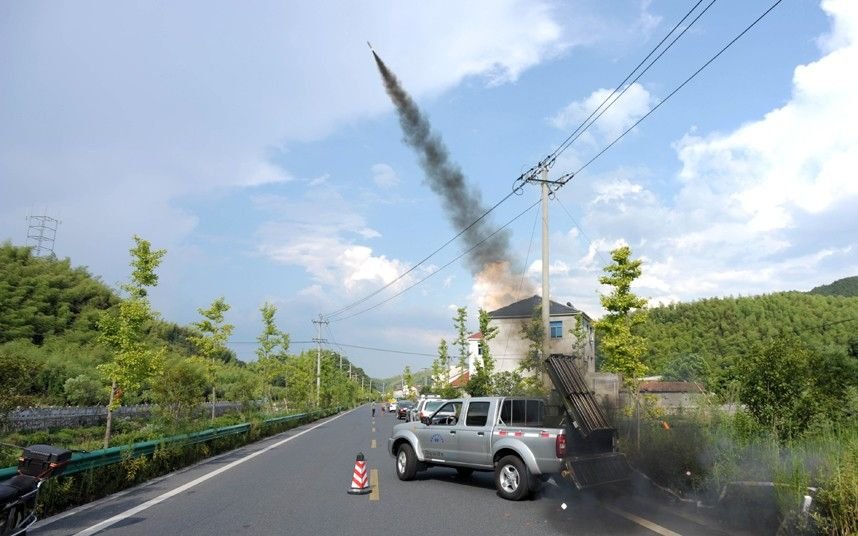Can aircraft engage in cloud seeding 24/7 and fly over residential areas during nighttime? Gaining insight into aviation regulations. In this article, we will explore the limitations and factors that are involved when it comes to aircraft flying over urban areas.
Many individuals wonder about the safety and logistics of cloud seeding, particularly when it comes to aircraft flying over residential areas at night. In this article, we will explore whether aircraft can fly over a residential area at night and continue cloud seeding, addressing concerns and providing valuable insights.
Aircraft cannot fly over a residential area 24/7, and for good reason. Safety regulations dictate the flight paths and restrictions imposed on pilots to protect residential areas from potential hazards.
Why can’t cloud-seeding aircraft fly over residential areas 24/7?
Cloud-seeding aircraft rely on specialized equipment and precise flight patterns to disperse seeding agents into clouds. Safety guidelines and regulations require these flights to be conducted at specific altitudes and locations to avoid potential risks to human health and property. Residential areas, with their concentration of dwellings and populations, are not suitable environments for such operations due to potential hazards and disturbances.
Cloud seeding operations are more likely to occur during daylight hours, as visibility and cloud formations are easier to observe. This presents an additional challenge for pilots flying over residential areas, as the risks associated with cloud seeding are heightened during daytime operations. Additionally, local authorities may impose further restrictions or permit requirements for aviation activities during certain hours. Such regulations have been put in place to maintain the tranquility of residential areas and protect the residents’ quality of life.

Cloud-seeding rocket nearly hits pedestrians in China as it falls on pavement
Pedestrians narrowly escaped being hit by a rocket meant to create artificial rain in China when the device crashed into a pavement in Sichuan on August 29, 2022. Authorities in the southwestern Chinese province had been using cloud-seeding rockets to try and make rain amid a crippling drought that has gripped a large area of the country.
The Hazards of Cloud Seeding in Cities
Impact on Air Quality
One of the primary concerns associated with cloud seeding in cities is its potential impact on air quality. The substances used in cloud seeding, particularly silver iodide, may have adverse effects on human health when inhaled. Studies have indicated that exposure to silver iodide particles can cause respiratory issues, including coughing, shortness of breath, and asthma-like symptoms. Additionally, some experts argue that the release of large amounts of chemical agents into the air may contribute to air pollution, further exacerbating respiratory problems in urban areas.
Cloud seeding has the potential to disrupt local ecosystems and upset the delicate balance of nature. The introduction of foreign substances into the environment can potentially harm plants, animals, and aquatic life. For example, the increased precipitation resulting from cloud seeding may lead to excessive runoff, causing water bodies to become oversaturated with nutrients and leading to algal blooms. These blooms can deplete oxygen levels in the water, negatively impacting fish and other aquatic organisms.
Water Contamination
Another hazard of cloud seeding in cities is the potential for water contamination. The chemicals used in the process can infiltrate water bodies, such as rivers and reservoirs, and contaminate the water supply. This contamination can have far-reaching consequences for both human consumption and agriculture. The long-term effects of exposure to these chemicals in drinking water or irrigation systems are still not fully understood, raising concerns about the potential risks to human health.
Severe c Events
Although cloud seeding aims to induce rainfall and alleviate drought conditions, there is a possibility that it might also trigger severe weather events, such as heavy rainfall, thunderstorms, or even hailstorms. The manipulation of cloud dynamics through cloud seeding can disturb the natural precipitation patterns, potentially leading to unpredictable and extreme weather conditions. Therefore, it is crucial to carefully assess the potential risks vs. benefits before implementing cloud seeding programs in densely populated urban areas.
The Hazards of Cloud Seeding in Residential Areas
Residential areas, with their concentration of dwellings and populations, are not suitable environments for such operations due to potential hazards and disturbances. The use of cloud seeding techniques involves the release of substances such as silver iodide or dry ice into the atmosphere, which act as cloud condensation nuclei, initiating the formation of clouds and subsequent rainfall.
However, the release of these substances in residential areas can pose health risks to the inhabitants. Silver iodide, for example, is classified as a hazardous substance that can cause harm if inhaled or ingested. While the quantities used in cloud seeding are carefully controlled, the potential risks associated with its presence in the air cannot be completely eliminated.
Silver Iodide or Dry Ice Side Effects: What You Need to Know
When it comes to weather modification and cloud seeding, two commonly used agents are silver iodide and dry ice. These substances are used to enhance rainfall, suppress hail, or disperse fog. While they have proven to be effective in achieving these goals, it is important to understand the potential side effects associated with the use of silver iodide and dry ice. In this article, we will explore the potential side effects and discuss their impact on the environment and human health.
The Side Effects of Silver Iodide

Silver iodide is a compound that is commonly used in cloud seeding to induce precipitation. While it has been deemed safe for environmental and human exposure, there are still some potential side effects to consider.
- Environmental Impact: The use of silver iodide in cloud seeding can lead to the deposition of the compound in bodies of water, such as lakes and rivers. This can potentially affect the aquatic ecosystem and harm certain species of fish and other organisms. Additionally, there is a possibility of silver accumulation in soil, which can have long-term effects on plants and crops.
- Human Health: The direct contact or inhalation of silver iodide may cause minor irritation to the skin, eyes, and respiratory system. However, the concentrations used in cloud seeding are generally considered to be low and the risk of adverse health effects is minimal.
The Side Effects of Dry Ice

Dry ice, which is solid carbon dioxide, is another agent commonly used in cloud seeding. While it poses fewer environmental concerns compared to silver iodide, there are still some potential side effects to be aware of.
- Environmental Impact: One of the main concerns with the use of dry ice is its potential to deplete the ozone layer. When released into the atmosphere, dry ice can react with ozone molecules, leading to ozone depletion. However, the amounts used in cloud seeding are typically small and not expected to have a significant impact on the ozone layer.
- Human Health: Dry ice is extremely cold and can cause frostbite or burns if not handled properly. Contact with bare skin or prolonged exposure should be avoided. Additionally, the release of carbon dioxide gas from dry ice can displace oxygen in confined spaces, leading to asphyxiation. Care must be taken when handling or using dry ice to ensure proper ventilation.

Disturbances in Residential Life
Cloud seeding operations can also disrupt the daily lives of residents in several ways. The process often involves the use of aircraft or ground-based generators to disperse seeding agents into the atmosphere. The noise and disturbance caused by these activities can be disruptive to the peaceful living environment of residential areas.
Furthermore, the altering of precipitation patterns through cloud seeding can lead to unpredictable consequences. While the intention is to bring much-needed precipitation to drought-stricken regions, the manipulation of weather systems can result in excessive or localized rainfall, leading to flooding or waterlogging in residential areas. Such weather disturbances can have devastating effects on the infrastructure and safety of communities.
The Risks of Cloud Seeding Over Residential Areas
1. Health and Environmental Concerns
Cloud seeding involves the dispersal of chemicals, such as silver iodide or dry ice, into the atmosphere. While these substances are generally considered as their long-term effects on human health and the ecosystem. Conducting cloud seeding operations directly over residential areas could expose inhabitants to these chemicals, raising concerns about potential respiratory issues and water contamination.
2. Unintended Consequences
Cloud seeding alters natural weather patterns, which can lead to unintended consequences. By artificially stimulating precipitation over residential areas, there is a possibility of excessive rainfall, flooding, or even hailstorms. These extreme weather events can cause property damage, disruption of essential services, and pose risks to human life. It is important to prioritize the safety of residents by avoiding cloud seeding operations in densely populated regions.
3. Lack of Control over Precipitation
One of the challenges with cloud seeding is the inability to precisely control where the enhanced precipitation will occur. The process relies on the wind patterns to carry the seeded clouds towards the desired target area. However, wind patterns are subject to change and can be unpredictable. Conducting cloud seeding over residential areas could result in uneven distribution of rainfall, leaving some regions in drought conditions while others face excessive precipitation. This could lead to conflicts over water resources and create imbalances in regional development.
Public Education and Awareness
Improving public education and awareness regarding cloud seeding is crucial. By providing communities with information on the risks and benefits associated with this technique, individuals can make informed decisions and actively participate in the decision-making process. This can lead to better community engagement, dialogue, and the development of appropriate policies that prioritize the safety and well-being of residential areas.
Time restrictions: Cloud seeding aircraft operations typically adhere to strict time restrictions, avoiding flights during peak residential activities such as early mornings, late evenings, or nights. This helps mitigate noise disturbances and minimize disruption to daily life.
The ‘new cloud seeding’ – drones zap clouds with electricity to make rain
Source: eBaum’s World, North Dakota State Government, Image-NBCNews and Pinterest, Skynews, Youtube
Also Read:
